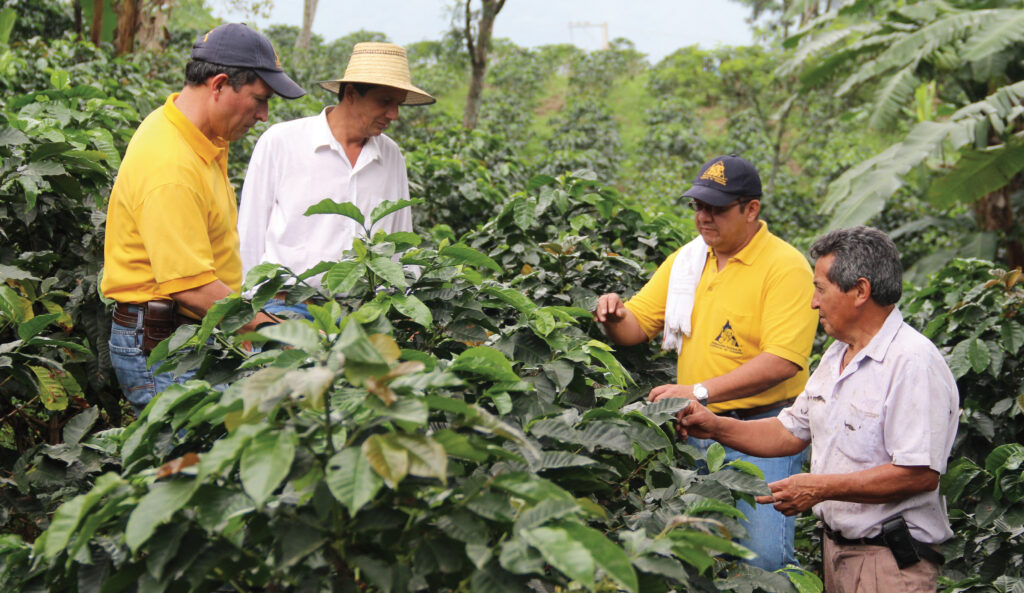The history of Colombian coffee dates back to the 18th century, when coffee was first introduced to the country by Jesuit priests. The first coffee plantations were established in the eastern region of the country, near the city of Cúcuta. Over time, coffee cultivation spread to other regions of Colombia, including Antioquia, Caldas, Quindío, and Risaralda.
By the early 20th century, coffee had become the most important agricultural product in Colombia, and the country was one of the world’s leading coffee producers. Colombian coffee was known for its high quality, mild flavor, and bright acidity, and was highly prized by coffee connoisseurs around the world.
In the 1950s, the Colombian government established the Federación Nacional de Cafeteros de Colombia (National Federation of Coffee Growers of Colombia), a non-profit organization that represents the country’s coffee growers and promotes the sale of Colombian coffee around the world. The federation has played an important role in supporting the development of Colombia’s coffee industry, including the establishment of research programs, the promotion of sustainable farming practices, and the improvement of coffee quality.
Today, Colombian coffee is still highly regarded for its quality and flavor, and is one of the world’s most popular specialty coffees. Colombian coffee growers continue to face challenges, including climate change, pests and diseases, and market volatility, but the industry remains a vital part of the country’s economy and culture.

